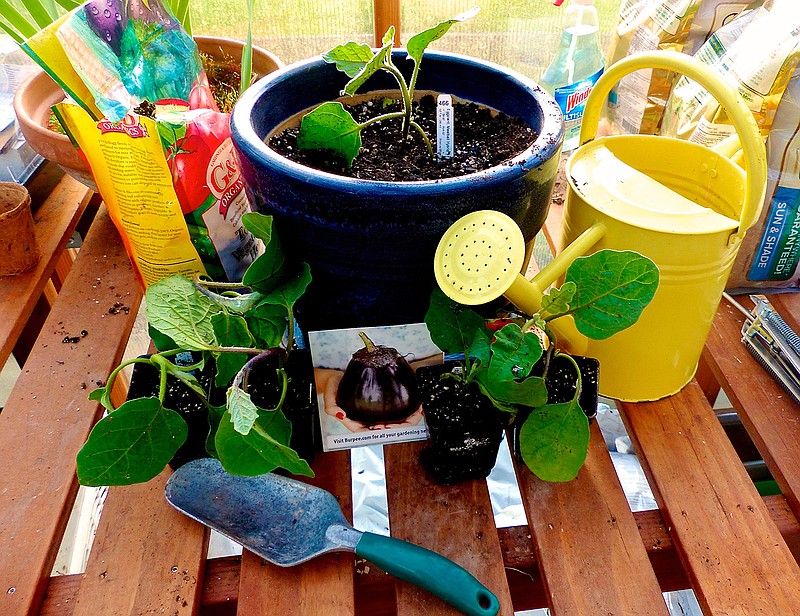When it comes to improving clay soil, sand is not the answer.
"What do contractors make when they mix clay and sand? Concrete," said Sacramento soil expert Steven Zien of Living Resources Co. "Adding sand in an attempt to improve drainage and improve the texture of a clay soil is not recommended, not only for the reason mentioned in the previous statement, but you would have to add huge amounts of sand to make even a small change in the soil's texture."
How much sand? Zien cites a study by North Carolina State University cooperative extension: "Any mixture less than 70 percent sand in 30 percent clay actually packs more densely that straight clay. This makes a readily compactable soil that isn't fun to garden in. Add a bit of water and make your own bricks."
Zien's comments came in reaction to the recent advice of a longtime nursery expert lamenting the loss of drought-tolerant plants getting too much rain in heavy clay soil and wishing she had improved her garden's drainage-with sand.
It's a common myth, Zien said, and one that persists. Sandy soils are quick draining, so adding sand to clay to improve drainage would seem to make sense.
The problem comes from particle size. Clay is made of teeny grains, while sand is made of comparatively big blocks. If a sand particle was the size of a basketball, a clay particle would look like the head of a pin.
When sand and clay are combined, clay fills in all the spaces around the sand particles-like concrete. That clogs the soil's pores and prevents essential air pockets that allow plant roots to "breathe"-and good drainage.
Instead, add organic material such as well-aged compost. That feeds the soil and gives it room to breathe.
Not all organic amendments are equal, observed retired soil scientist Mike Singer, who taught soil science and researched soil at UC Davis for 36 years. His comments were sparked by another recent soil-related story, "How to build better soil? Stop treating it like dirt."
"I think too much is made of organic matter in general and soil additives specifically," Singer said. "Organic matter is good stuff, but adding rice hulls to soil can be a disaster. The carbon/nitrogen ratio is such that any available nitrogen will be tied up by microorganisms long before your garden plants can get it.
"The same is true for redwood compost," he added. "Some organic materials like rice hulls may help to 'fluff up' or loosen compacted soil when worked into the ground, but they have little in the way of nutrient value for garden plants."
Peat moss, sawdust and large wood chips also make poor amendments to clay soil.
Gary Rannefeld, a retired farmer from Dixon, echoed Singer's comments.
Before making any changes to your soil, it's best to understand what it needs-and doesn't need. Do a soil test to determine its makeup.
Rannefeld had his soil tested; that small expense saved him lots of money, he said.
"My 700 acres were spread among soils that ranged from very good agricultural soils to others that left a lot to be desired," he said. "What I learned: None of the soils needed any additional potassium. Using a fertilizer/amendment with any potassium was just money that would be wasted. (Also), none of the soils needed any additional magnesium (another common amendment)."
Besides soil testing, Singer suggested also looking up your own landscape's soil survey information. The U.S. Department of Agriculture's Natural Resources Conservation Service offers an online "web soil survey" that pinpoints soil types in 95 percent of the nation. Likewise, UC Davis has a Soil Web app developed by the university's California Soil Research Lab.
Via its cooperative extension and master gardeners program, University of California also offers detailed advice on managing clay soil, available online.
Said Singer, "Information is power and knowing more about the soil in your garden can help a person be a better soil manager and gardener."

